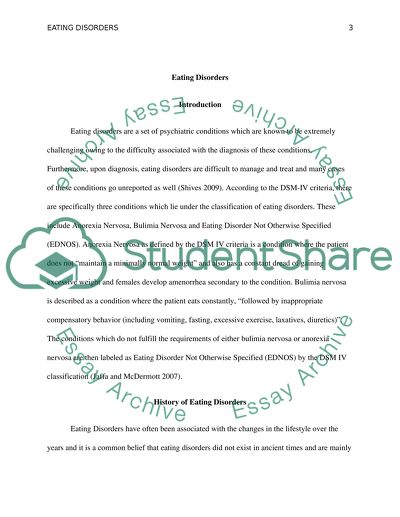Cite this document
(“Eating Disorders Research Paper Example | Topics and Well Written Essays - 1750 words”, n.d.)
Retrieved from https://studentshare.org/psychology/1479599-eating-disorders
Retrieved from https://studentshare.org/psychology/1479599-eating-disorders
(Eating Disorders Research Paper Example | Topics and Well Written Essays - 1750 Words)
https://studentshare.org/psychology/1479599-eating-disorders.
https://studentshare.org/psychology/1479599-eating-disorders.
“Eating Disorders Research Paper Example | Topics and Well Written Essays - 1750 Words”, n.d. https://studentshare.org/psychology/1479599-eating-disorders.


